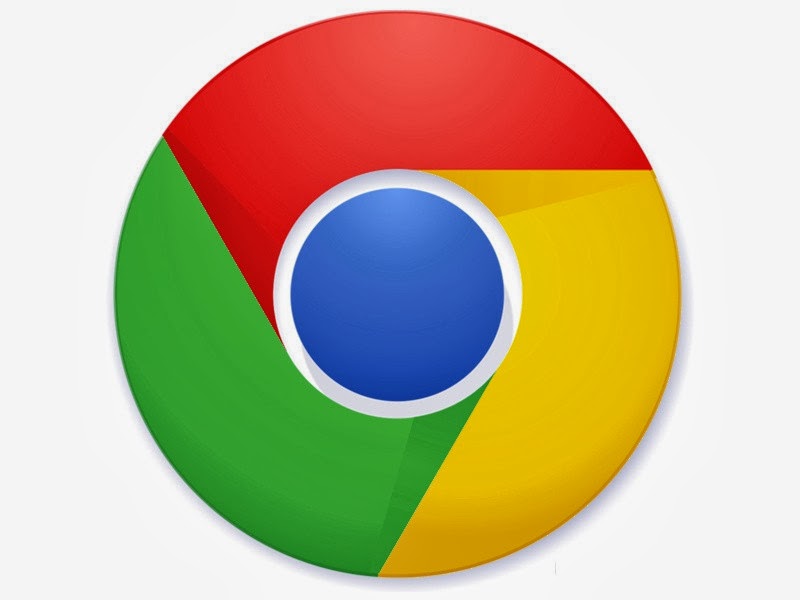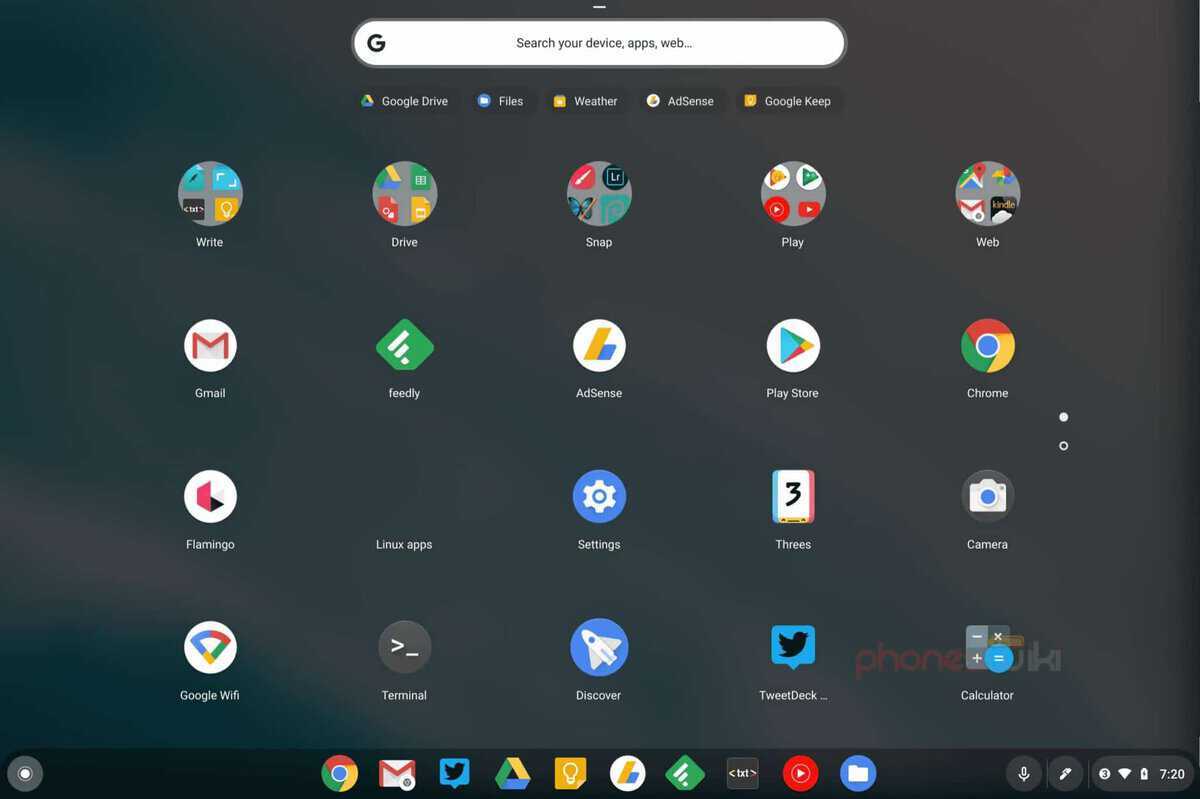

These software tools have greatly reduced the burden on library staff to manage an ever increasing number of computers and users.Īlso many tools are needed to help maintain the computer operating system, such as disk protection ( i.e.

In the past libraries depended on a pad of paper and a pen to keep up with how long a patron was on a computer and in which order to allow patrons to use available computers.īut today, several companies offer public computer time/print management software, and it is hard to find a library that does not have some type of software to provide these services. There is also a need to have staff available to manage the use of the public computers and assist patrons. It has become a huge burden on smaller libraries to come up with the financial resources to properly provide public computers, and they end up running a system that seems to always have issues and proves to be troublesome. The only other alternative is to provide the funds to hire an IT professional, which is not a viable alternative for most libraries.

To mitigate these costs, library directors and staff have had to become proficient at maintaining the software and hardware themselves, but most don’t have the background or the time. It has proven to be an enormous amount of overhead, both financially and time to support public computers. fast internet, document/spreadsheet/presentation editing, social networking, music and video playing, etc.). Librarians have adapted to the expectation of an available, useful, computer that provides many of the capabilities typically found on a home computer (i.e. A large percentage of a public library’s daily patron traffic is the use of public access computers.


 0 kommentar(er)
0 kommentar(er)
